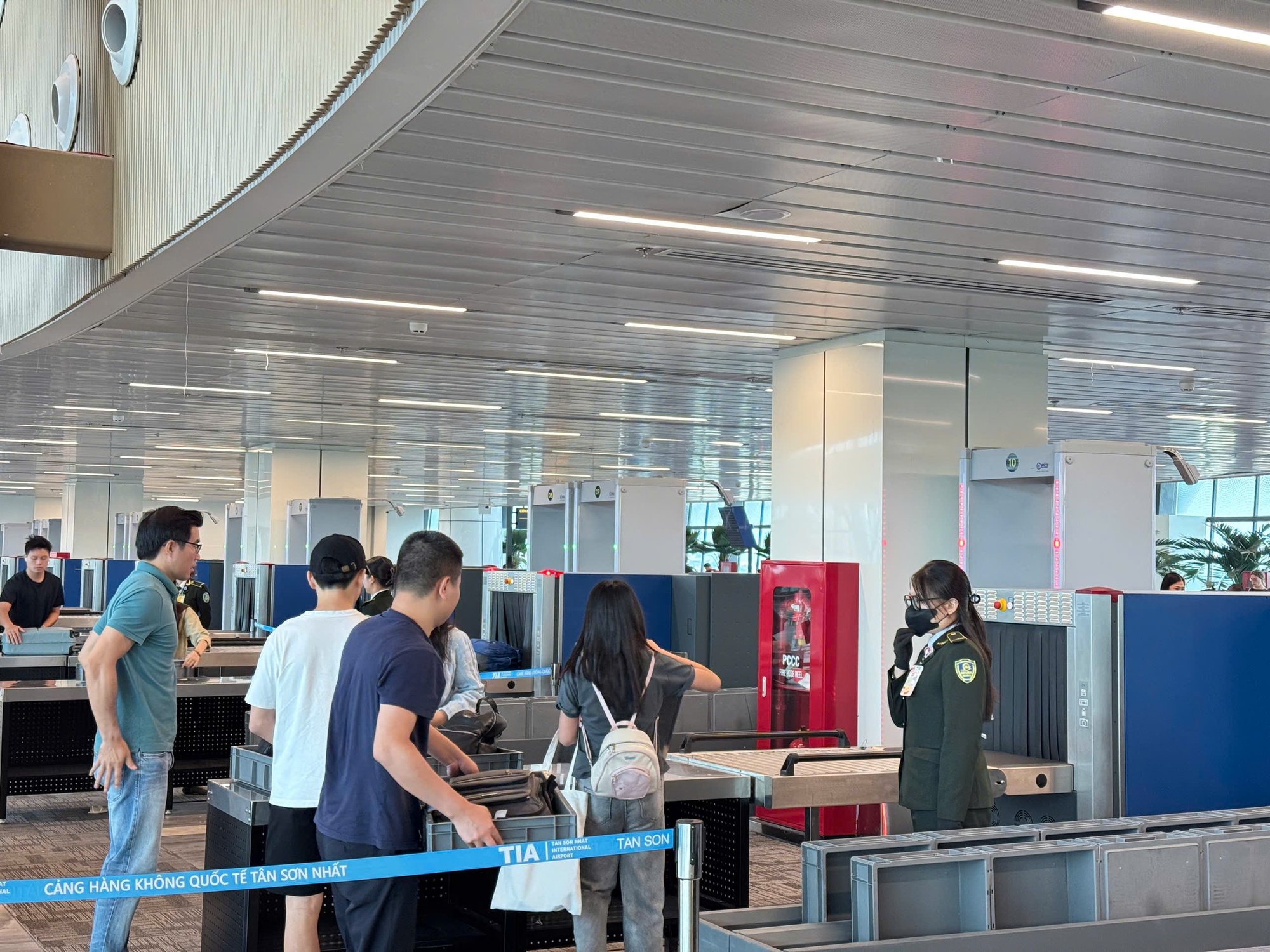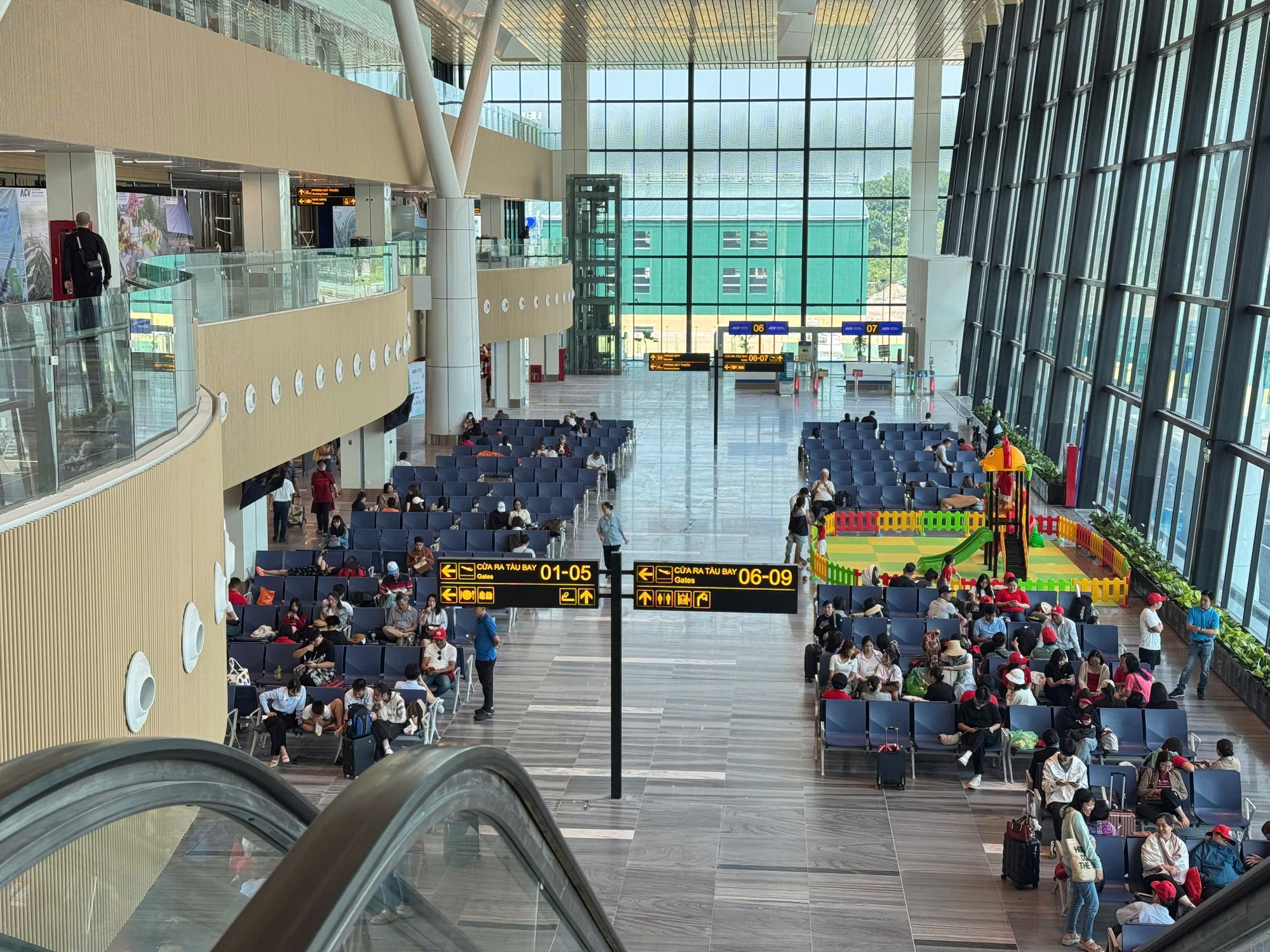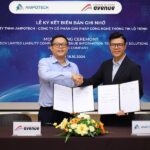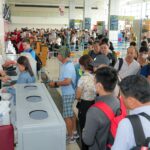Streamlining Airport Security Checks: Enhancing Efficiency and Passenger Experience
According to statistics from the Vietnam Aviation Authority for the first half of 2025, the number of passengers passing through airports reached 59.7 million. In 2024, the aviation industry served approximately 110 million passengers.
Assuming each person spends an average of 3-4 minutes on airport procedures, including security checks, luggage screening, and immigration, the total time wasted can amount to 5.5-7.3 million hours. In 2024, Vietnam’s GDP per capita was 115 million VND, and the average labor productivity per hour was estimated at 57,500 VND.
This equates to an economic value of 2,875 to 3,833 VND per passenger for every 3-4 minutes spent. When multiplied by the total number of passengers, the societal waste ranges from 316 to 422 billion VND per year, a significant amount.
These figures only account for the direct losses due to time wastage and do not include indirect costs such as missed flights, disrupted connections, increased operating costs, or lost business opportunities.
This situation underscores the imperative for authorities to prioritize the modernization of airport procedures as a key strategy to conserve societal resources and enhance the country’s competitiveness. This aligns with the spirit of reform and waste reduction advocated by the Government.
Why Do Passengers Need to Remove Shoes, Belts, Jackets, and Hats?
At airports worldwide, passenger security checks are an indispensable part of the travel experience. These procedures typically adhere to international standards set by the International Civil Aviation Organization (ICAO) or national security agencies to ensure that potential threats to aviation safety are identified and mitigated.
Passengers are required to present identification documents or boarding passes before proceeding to the security screening area. Here, carry-on luggage is screened using X-ray or CT scanning technology, while passengers walk through metal detectors or full-body scanners.
To enhance detection capabilities, many airports mandate the removal of shoes, belts, jackets, and hats, and electronic devices are placed in separate trays for inspection. In some cases, passengers may undergo additional manual or handheld device screening if anomalies are detected.
However, the requirement to remove shoes and belts is being reevaluated due to technological advancements. There is a growing trend, particularly in developed countries, to eliminate these cumbersome regulations as security technology has made significant strides forward.

Proposals to eliminate the requirement to remove shoes, belts, and hats during security screening at airports.
The United States, a pioneer in aviation security enhancements, officially abolished the mandatory shoe removal requirement as of July 2025. Previously, the TSA PreCheck program allowed low-risk passengers, who had undergone background checks, to keep their shoes on during screening, along with their laptops and jackets.
In Vietnam, most international and domestic airports continue to enforce the removal of shoes, belts, and electronic devices for security screening. While these regulations are suitable for the current infrastructure and conditions, they have caused frustration among passengers, especially during peak travel seasons, resulting in congestion in the security areas.
How Can We Eliminate the Shoe and Belt Removal Requirement?
Should Vietnam follow suit and gradually eliminate the requirement to remove shoes and belts, as some other countries have done? The answer is a qualified “Yes,” provided that Vietnam makes substantial investments in modern security infrastructure.
Advanced technologies such as CT scanners (providing detailed 3D images), millimeter-wave scanners (capable of detecting foreign objects without requiring shoe removal), and artificial intelligence-powered image analysis have revolutionized security checks at major airports worldwide, enhancing both speed and effectiveness.
Implementing these technologies not only improves passenger comfort but also enables faster processing of large volumes of travelers. At many European airports, passengers are no longer required to remove their shoes unless a screening device detects a potential issue. The United States, after more than two decades of stringent measures following the 9/11 attacks, has also shifted its focus to prioritizing passenger experience without compromising safety.

Vietnam should adopt a phased approach, first investing in modern equipment, providing comprehensive security training, and then gradually relaxing requirements such as shoe and belt removal at larger airports with sufficient resources and high passenger traffic.
However, it is important to acknowledge that Vietnam has not yet widely deployed advanced screening technologies such as CT scanners or biometric security systems. Removing the existing regulations necessitates suitable alternatives to avoid compromising aviation security. While stringent checks may be inconvenient for individuals, they ultimately contribute to the overall safety and well-being of all travelers.
Is Vietnam Airlines’ Financial Health Back on Track?
In recent times, Vietnam Airlines (VNA) has experienced an improvement in its production and business operations, thanks to its self-driven efforts and supportive government solutions. However, the airline still faces challenges due to the prolonged impact of the Covid-19 pandemic.
“Ampotech Partners with Avenue to Drive Energy Efficiency and Innovation in Sustainable Solutions”
October 2024 – Ampotech Co. Ltd. (Ampotech) signed a Memorandum of Understanding (MoU) with Avenue Information Technology Solutions JSC (Avenue), marking the beginning of an exciting strategic partnership aimed at driving energy efficiency and sustainable innovation in commercial and industrial arenas.











































